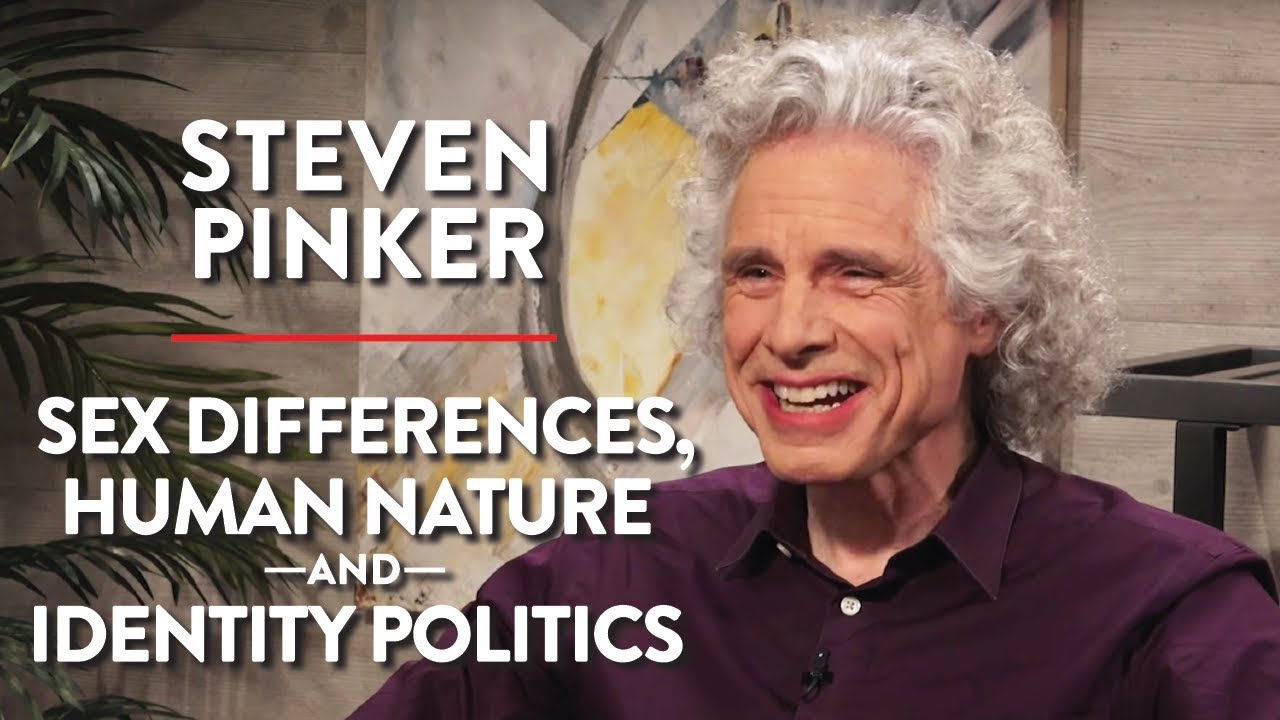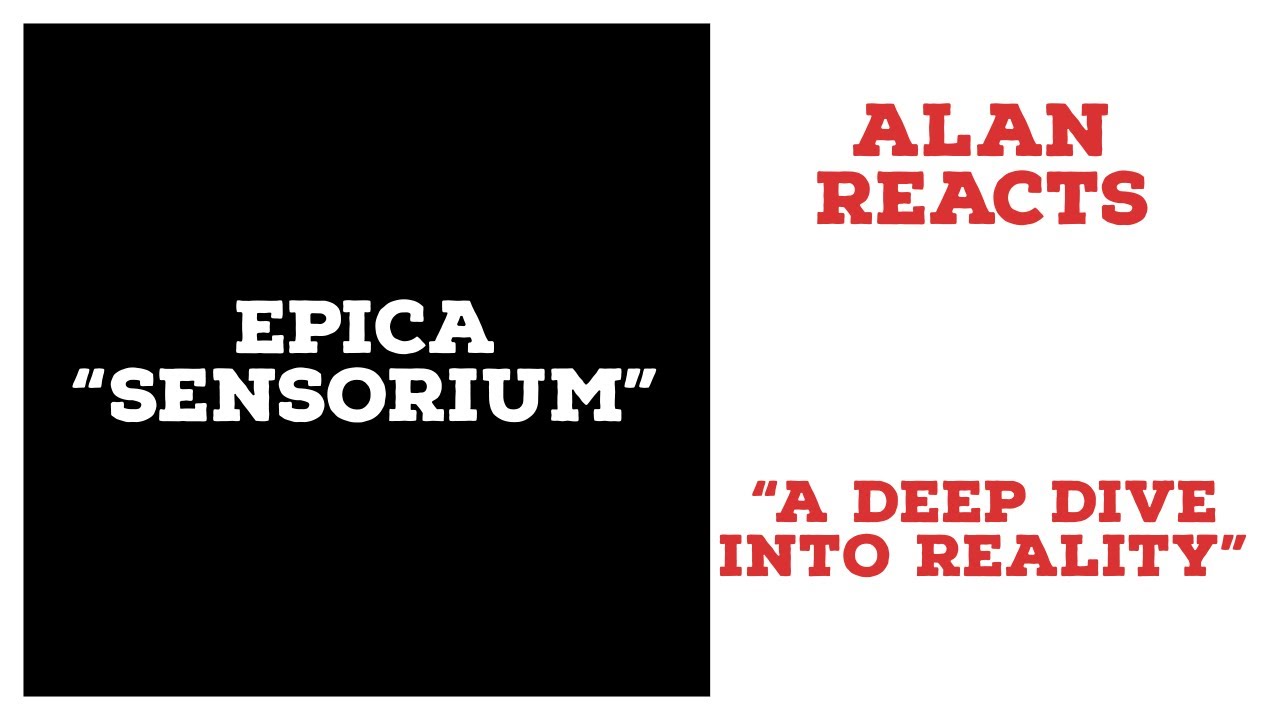Engineering101
Artificial intelligence (AI, also machine intelligence, MI) is Intelligence displayed by machines, in contrast with the natural intelligence (NI) displayed by humans and other animals. In computer science AI research is defined as the study of “intelligent agents”: any device that perceives its environment and takes actions that maximize its chance of success at some goal. Colloquially, the term “artificial intelligence” is applied when a machine mimics “cognitive” functions that humans associate with other human minds, such as “learning” and “problem solving”.
The scope of AI is disputed: as machines become increasingly capable, tasks considered as requiring “intelligence” are often removed from the definition, a phenomenon known as the AI effect, leading to the quip “AI is whatever hasn’t been done yet.” For instance, optical character recognition is frequently excluded from “artificial intelligence”, having become a routine technology. Capabilities generally classified as AI as of 2017 include successfully understanding human speech, competing at a high level in strategic game systems (such as chess and Go), autonomous cars, intelligent routing in content delivery networks, military simulations, and interpreting complex data, including images and videos.
Most researchers agree that a super-intelligent AI is unlikely to exhibit human emotions like love or hate, and that there is no reason to expect AI to become intentionally benevolent or malevolent. Instead, when considering how AI might become a risk, experts think two scenarios most likely:
War application: Future autonomous weapons are artificial intelligence systems that are programmed to kill. In the hands of the wrong person, these weapons could easily cause mass casualties. Moreover, an AI arms race could inadvertently lead to an AI war that also results in mass casualties. To avoid being thwarted by the enemy, these weapons would be designed to be extremely difficult to simply “turn off,” so humans could plausibly lose control of such a situation. This risk is one that’s present even with narrow AI, but grows as levels of AI intelligence and autonomy increase.
The AI is programmed to do something beneficial, but it develops a destructive method for achieving its goal: This can happen whenever we fail to fully align the AI’s goals with ours, which is strikingly difficult. If you ask an obedient intelligent car to take you to the airport as fast as possible, it might get you there chased by helicopters and covered in vomit, doing not what you wanted but literally what you asked for. If a superintelligent system is tasked with a ambitious geoengineering project, it might wreak havoc with our ecosystem as a side effect, and view human attempts to stop it as a threat to be met.
As these examples illustrate, the concern about advanced AI isn’t malevolence but competence. A super-intelligent AI will be extremely good at accomplishing its goals, and if those goals aren’t aligned with ours, we have a problem. You’re probably not an evil ant-hater who steps on ants out of malice, but if you’re in charge of a hydroelectric green energy project and there’s an anthill in the region to be flooded, too bad for the ants. A key goal of AI safety research is to never place humanity in the position of those ants.
Full Science Magazine Article here – https://www.scmagazine.com/the-dark-side-of-ai/article/638867/
Subscribe for new daily science videos : https://goo.gl/XyxMDv
Follow me on Social media –
Facebook : https://goo.gl/BxWGt7
Twitter : https://goo.gl/Ha9YQD
Instagram : https://goo.gl/3G77wG
Tumblr : https://goo.gl/DhESkM
Linkedin : https://goo.gl/992b1y
Enjoy Science on YouTube
Source



